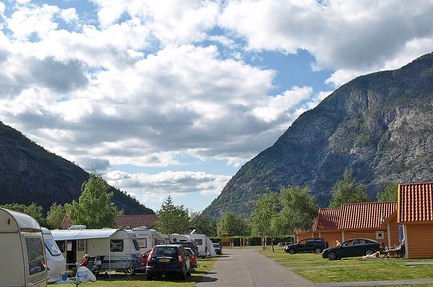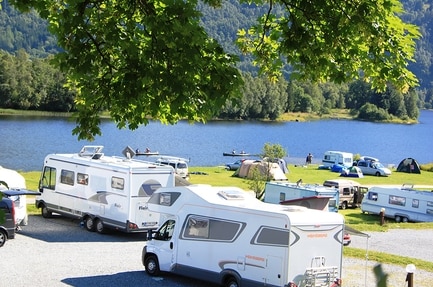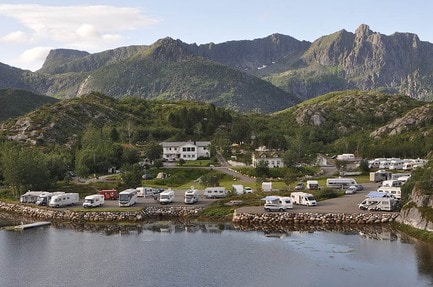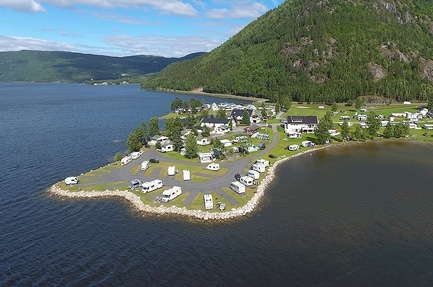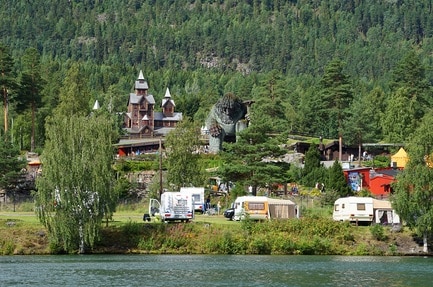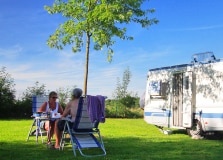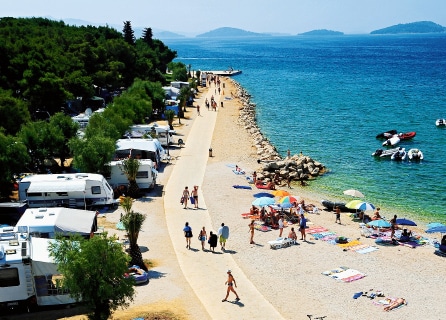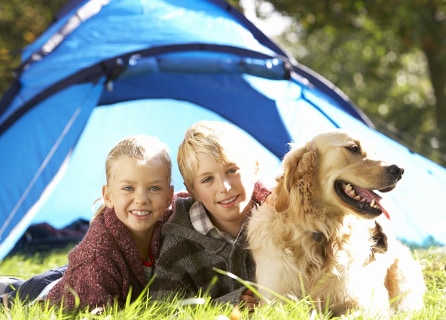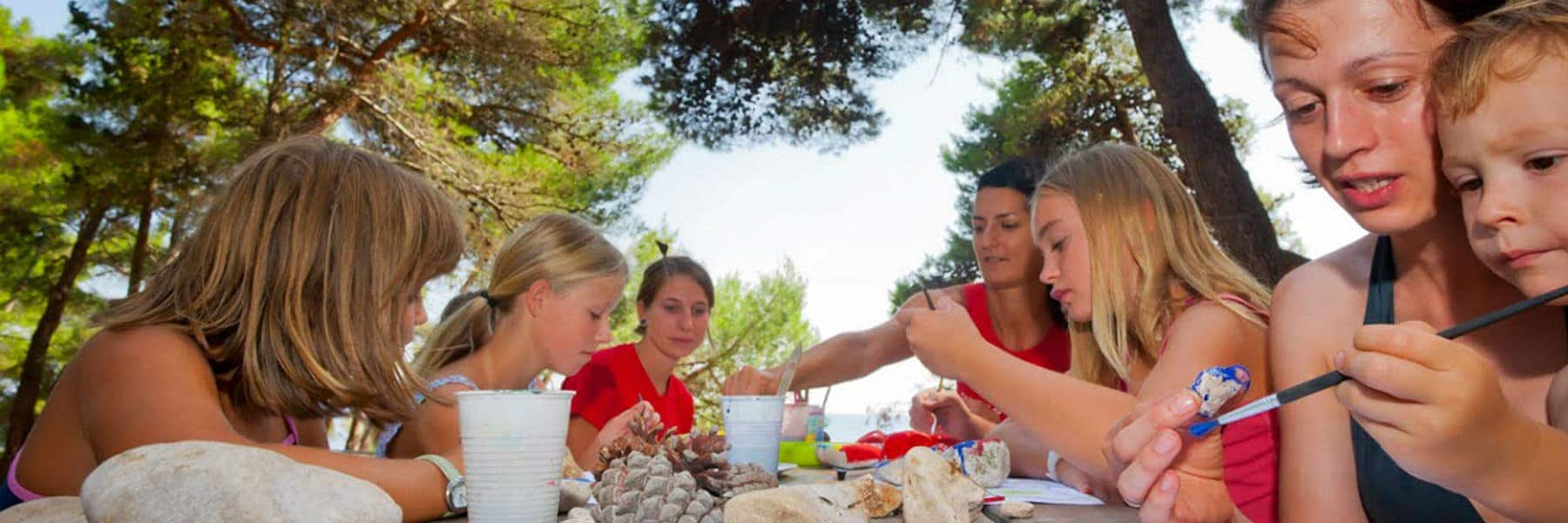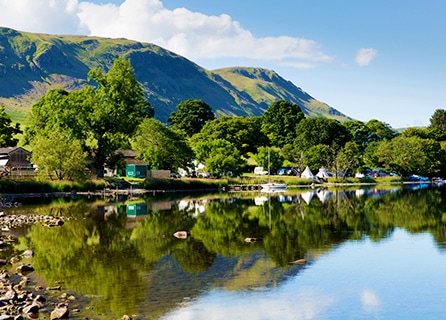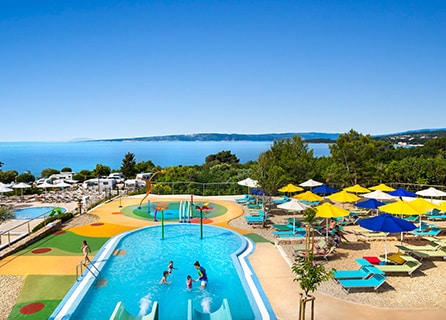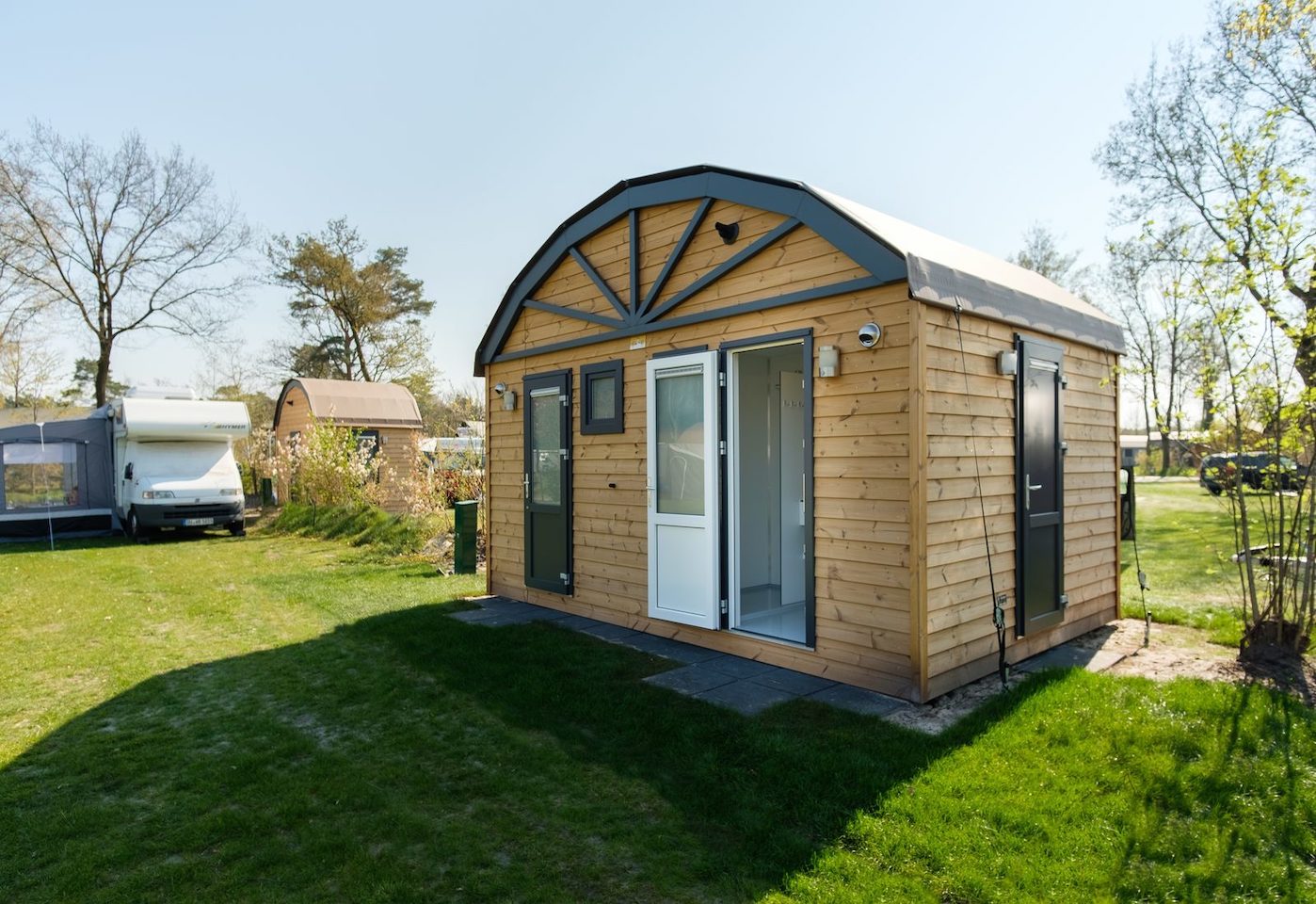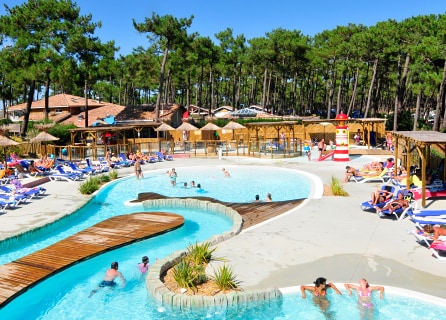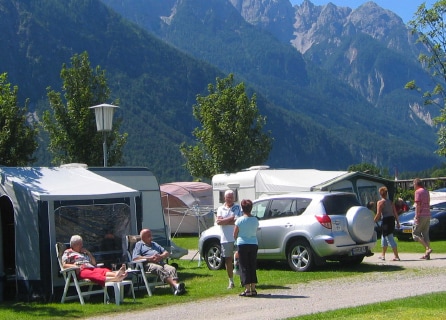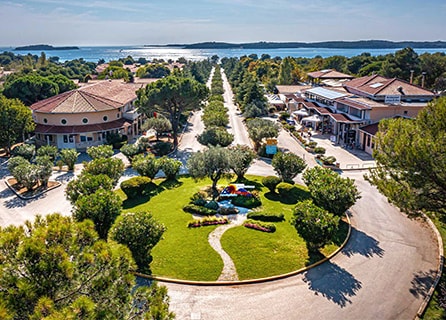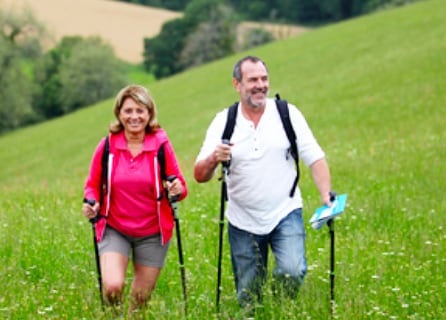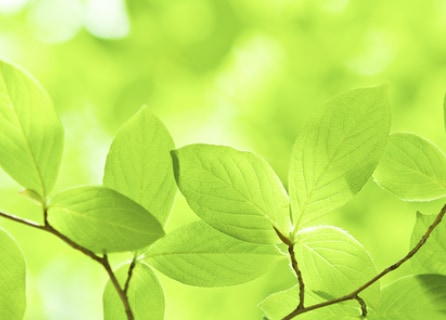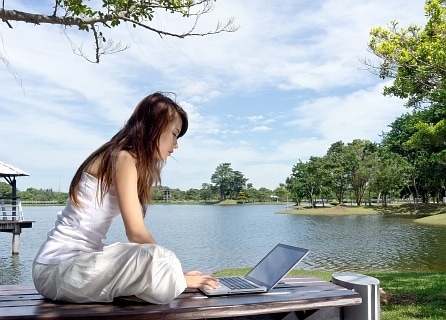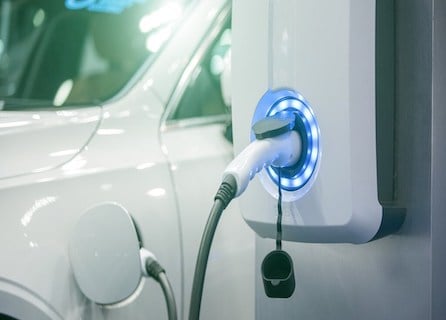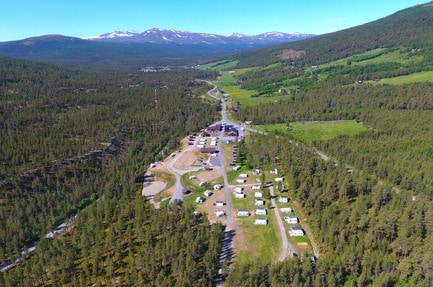
Find your campsite
Search on map
Popular destinations Norway
Book now: Norway

Popular campsites: Norway
Lærdal Ferie og Fritidspark
Norway - Sogn og Fjordane - Lærdalsøyri
Campsite Lærdal is located in Laerdalsoyri, in the province Sogn og Fjordane. After a warm welcome (in Dutch, English, German, or Danish) at the front...
Lone Camping A/S
Norway - Hordaland - Haukeland
Lone Camping, located in Haukeland (province of Hordaland), is in a lovely location on a lake. You'll enjoy the view of the surrounding mountains. The...
Kabelvåg Feriehus & Camping
Norway - Nordland - Kabelvåg
Kabelvåg Feriehus & Camping is just outside the town of Kabelvåg on the Norwegian Lofoten island group. This campsite is on Austvågøy, one of this...
Camping Neset
Norway - Aust-Agder - Byglandsfjord
Camping Neset is situated on a gently sloping, triangular promontory directly on the wide Otra River. You can be assured of an unspoiled view of...
Randsverk Camping
Norway - Oppland - Vågåmo
Oppland is one of the most beautiful provinces of Norway, where the village of Vågå is located between three national parks. Some 30 km south...
